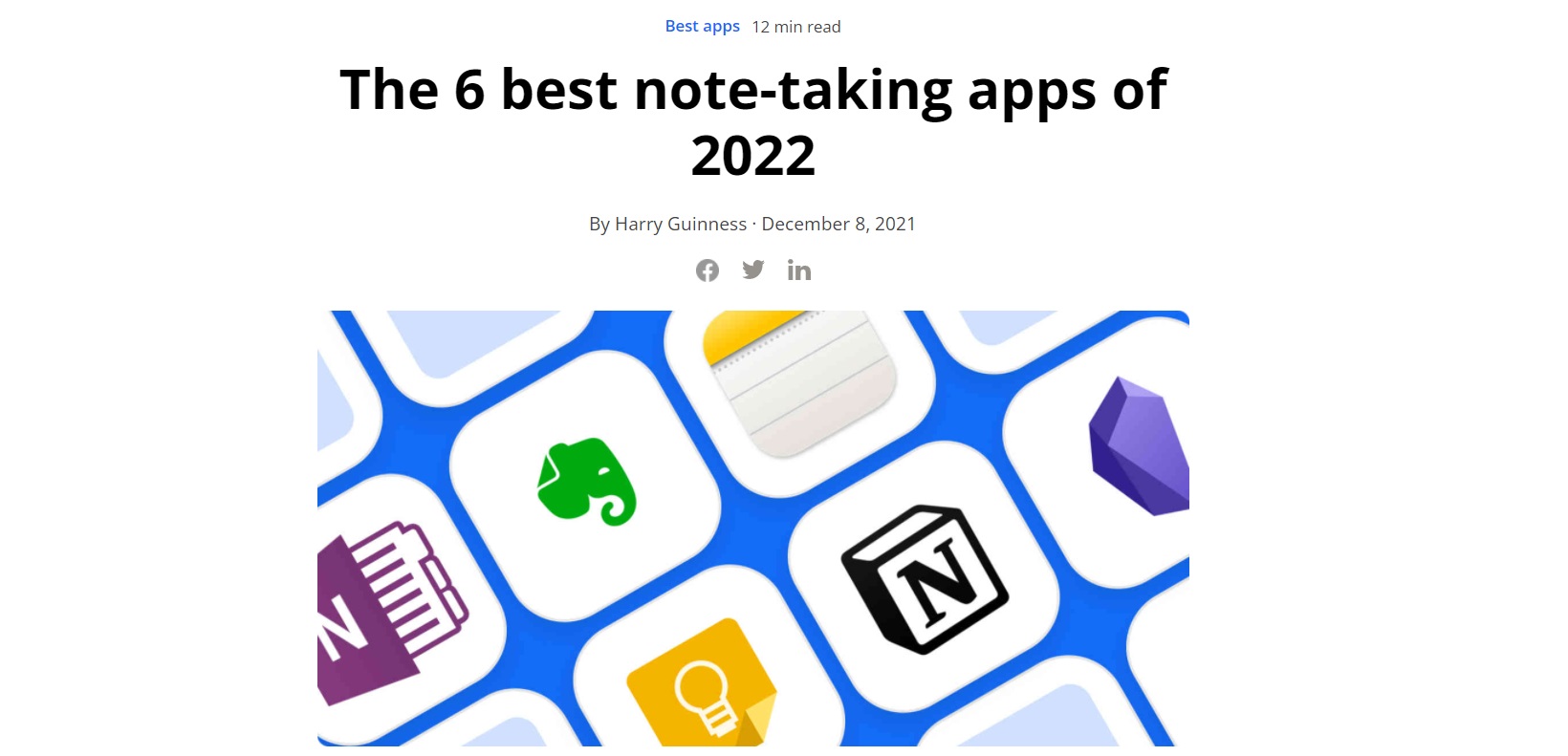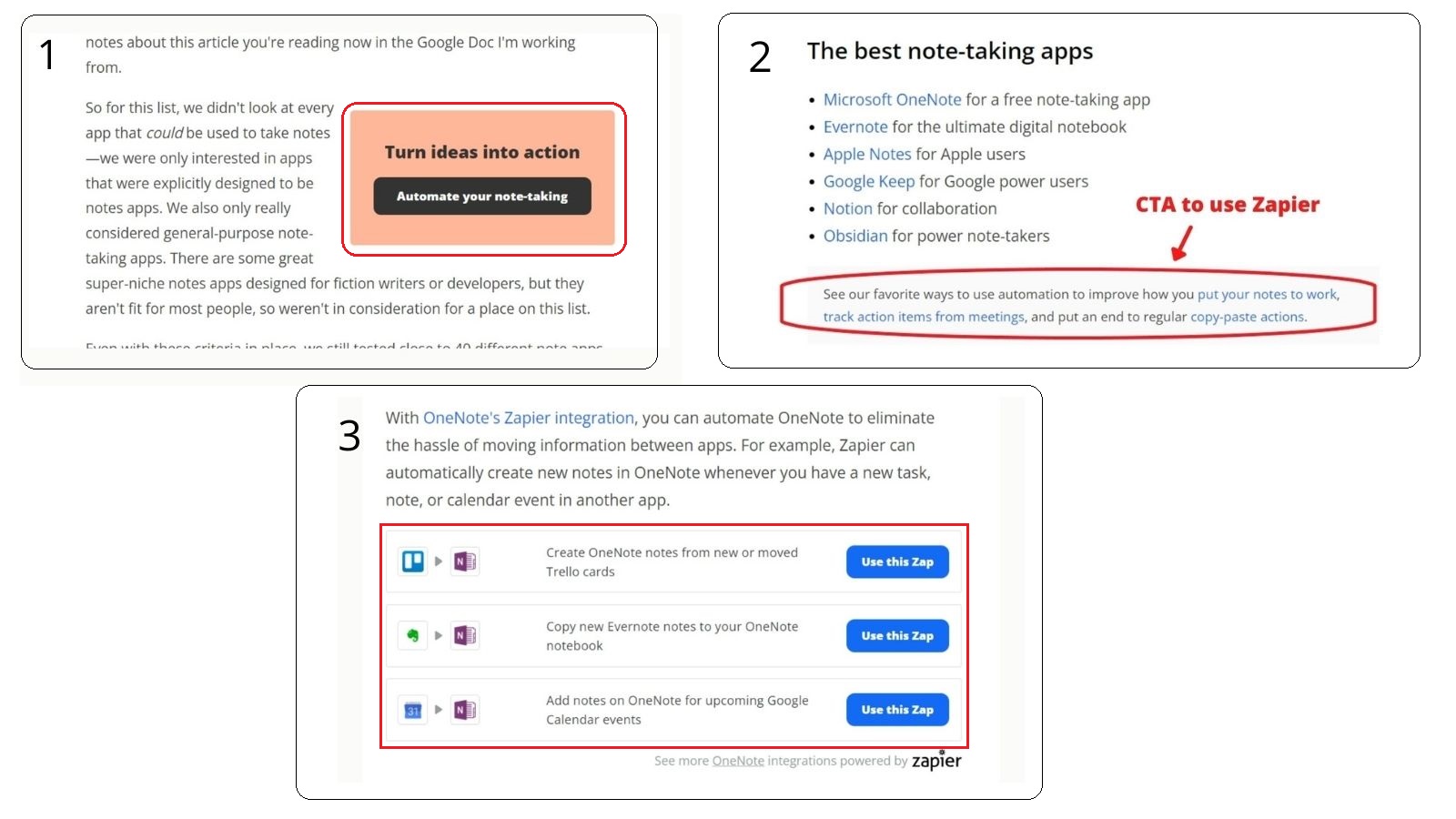"The best place to hide a dead body is the second page of Google search!"
Ah! The endless struggle of climbing the SEO ladder! And truly it is an endless journey. You don't SEO optimise your site once and then forget about it. It's a forever moving goal post.
So today we cover a classic tale of "going where your customers are" — a story of how Zapier built an SEO powerhouse producing 1.6 million monthly visitors to its website!
Firstly, what does Zapier do?
Zapier is a simple workflow automation tool. It allows you to move information between apps & connect them to create automated workflows.
For example, you can use Zapier to integrate Google Sheets & Gmail. For every entry in your sheet that matches a particular criteria, you can send a standard mail.
With Zapier, you have the option to integrate many such applications to create simple or complex workflows.
How does Zapier drive traffic using SEO?
To drive traffic to their website Zapier created two different sets of landing pages. Let's learn more about them!
1) Targeting "App Integration" keywords
Another top-performing Zapier subfolder is the /apps landing page. This set of pages accounts for ~15% of Zapier's total traffic with 235K monthly visitors!
The idea behind creating these pages is simple. Zapier wants to target all users who are searching for ways to connect different apps.
For example, if I search "gmail google sheet integration", I'll find Zapier's "Gmail + Google Sheets" integration page (/apps/gmail/integrations/google-sheets) as the first result.
On top of that, Zapier very cleverly organises these pages, so they are internally linked (increases authority) & it's easy to navigate through them.
This set of pages forms a 4 stage hierarchy, where each stage links to the next stage. I have outlined this below with the example of Gmail.
A) The Main Page
This is the main apps page. All apps that can be automated using Zapier are present here. So it's very much like a directory of apps.
You'll find different app categories here to help your search. Clicking on any of these apps will lead you to the App profile page.
URL Structure — zapier.com/apps

B) General App Profile Page
This is the main app profile page. Each app present on the main page has its own profile page.
This page includes:
- general information about the app
- popular ways to create a workflow using Gmail
URL Structure — zapier.com/apps/gmail/integrations

C) Specific App-to-App Integrations
This set of pages talks about different app integrations. Let's take the Gmail + Google Sheets integration page as an example. Both Gmail & Google Sheet profile page links to their integration page.
This page has a list of popular Gmail + Google Sheets workflows. For example:
- Send email via Gmail when Google Sheet rows are updated.
- Add rows to Google Sheets with new emails on Gmail
URL Structure — zapier.com/apps/gmail/integrations/google-sheets

D) Zaps for different App combinations
Workflows are called "zaps" in the Zapier universe. These individual pages have details about different zaps possible between the 2 apps
.URL Structure — zapier.com/apps/gmail/integrations/google-sheets/2618/save-new-gmail-emails-matching-certain-traits-to-a-google-spreadsheet

With the help of these pages, the /apps landing page as a whole is able to target highly relevant keywords like:
- flock integrations
- Gmail to Mailchimp
- slack gmail integrations
- onenote gmail
These pages are also internally linked, so ultimately, the authority from the main /apps page (URL rating or UR = 75) flows to the very niche "zaps for apps" page.

And of course, Zapier uses a similar template for each stage of the hierarchy, so these pages are definitely scalable!
2) Writing Blogs on "Best Apps"
Zapier has written blogs on the top apps in a particular category.
For example, they've written blogs on the best URL shorteners, the best note-taking apps, the best to-do list apps, etc.

These blogs rank for very high volume & high difficulty keywords, singularly managing to bring 900K monthly organic traffic, ie. 60% of traffic to their site!
For instance, here's how the three blogs mentioned above perform.
- Best URL shorteners
- Traffic ⇒ 63K
- Keywords ⇒ URL shortener, shorten link, shorten URL, etc.
- Best note-taking apps
- Traffic ⇒ 53.8K
- Keywords ⇒ best note-taking apps, note-taking apps, digital note-taking apps, etc…
- Best to-do list apps
- Traffic ⇒ 53.7K
- Keywords ⇒ to-do list, to-do list apps, best to-do list, etc…
Here's how Zapier must have managed to rank for such high difficulty keywords:
- Writing high quality, SEO optimized content (kind of a default, though)
- Internally linking their best app blogs to build good authority on the topic, "Best Apps". So in the future, if they write another such blog, it's bound to rank because they have high topical authority.
- Acquiring high-quality backlinks to increase their website/page authority (Currently, they have a Domain Rating or DR = 91 🤯)
How we created 'Best Apps' blogs at scale
At our startup, Remote Tools, we have also done something similar. We created category pages that list the best products in a specific category.
But, here's how it's different from Zapier. Our pages are scalable, that is, the contents of these pages are generated automatically. That's unlike Zapier, where they've listed the top 10 tools manually.
Confused? Well, to give you more context, Remote Tools is a repository of tools used for remote collaboration.
The makers submit their tools, to add them to Remote Tools. And, once added, these tools appear under their own product page.
The tools are also segmented into different categories. So, based on the category assigned, the particular tool will appear under the said category page. There's also a custom introduction for each category, which gives the page a more blog-like look!
For example, we have a category page called "35 Best Design Collaboration Tools". So, all the tools under the 'design collaboration' category, automatically appear under this category page.
We have also, of course, optimized these pages, so it ranks for keywords like "best design collaboration tools".
But, how do you convert these visitors to users?
Now, why would a user searching for the "best note-taking apps" or "URL shortener" end up using Zapier for automation?
Well, Zapier has a very clever reason behind creating these blogs. To understand it, let's take a look at the "Best note-taking apps" blog.
The list contains apps like 'Microsoft One Note', 'Evernote', 'Apple Notes', etc. All these apps can be integrated with other apps using Zapier. For example, I can create a workflow connecting Evernote & Google Calendar.
Basically, the idea is — if a user is using one of these apps frequently, they might want to create an automated workflow with that app in the future.
Clever, right? So now, to convince these users to try Zapier, it adds a bunch of CTAs to nudge readers to check out Zapier.
Here are some examples —
- CTAs with text saying "Automate your note-taking" — relevant to the content and helps to turn visitors into users.
- In-text prompts asking readers to check out ways to "use automation to improve how you put your notes to work..."
- At the end of each list item (OneNote in this case), you'll find examples showing different OneNote integrations possible with Zapier.

There are many more such examples. And of course, Zapier just uses a similar template across these "best apps" pages to convert users.
So, what are the key takeaways?
- Writing SEO-optimised blogs is one of the best ways to drive traffic to your website.
- Integrating CTAs within your blogs at relevant places will help nudge users to check out your product.
- Zapier's parent-child /apps pages are created such that the end children pages that explain possible workflows can rank for very niche & long-tail keywords. So instead of writing individual guides explaining all the existing zaps, you can create such automated pages which need less effort.
- Make sure your high authority pages link to other pages to flow the authority juice throughout your website.
- When you have automated templates, you can create pages at scale & reduce manual work. Templated pages are the key to SEO at scale.





%20(1).jpg)
